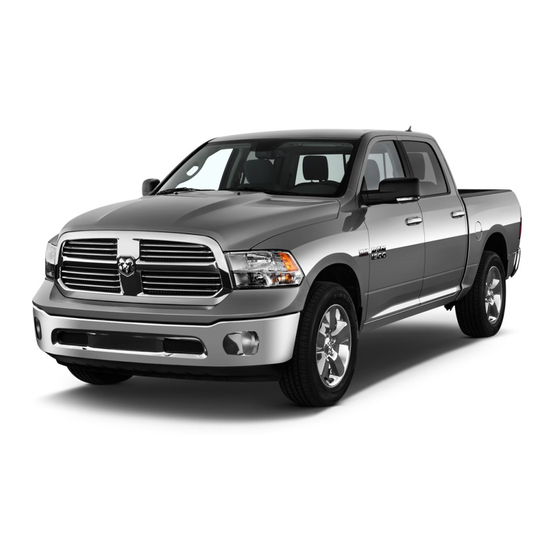
RAM TRUCK 1500 2014 Owner's Manual
Hide thumbs
Also See for TRUCK 1500 2014:
- Catalog (45 pages) ,
- User manual (252 pages) ,
- Owner's manual (370 pages)
Table of Contents
Advertisement
Quick Links
Advertisement
Chapters
Table of Contents













Need help?
Do you have a question about the TRUCK 1500 2014 and is the answer not in the manual?
Questions and answers